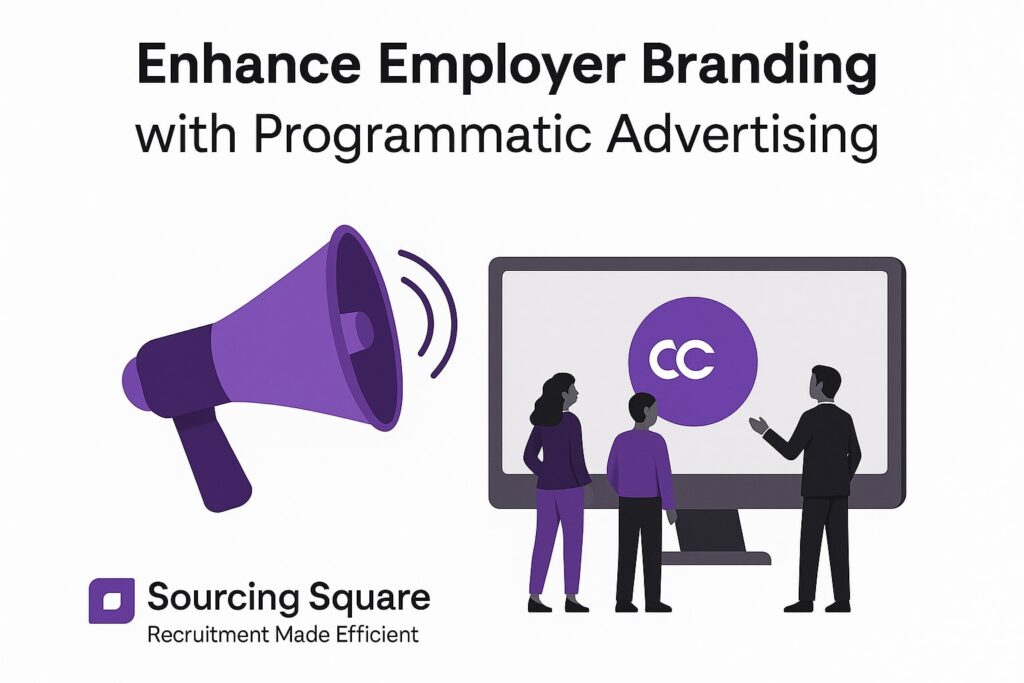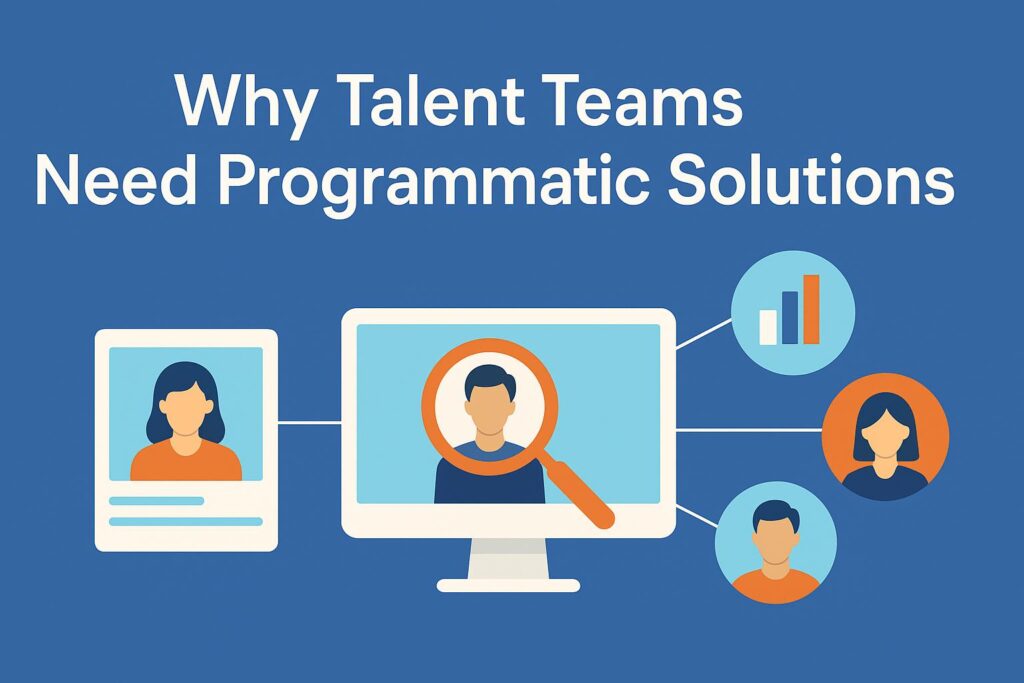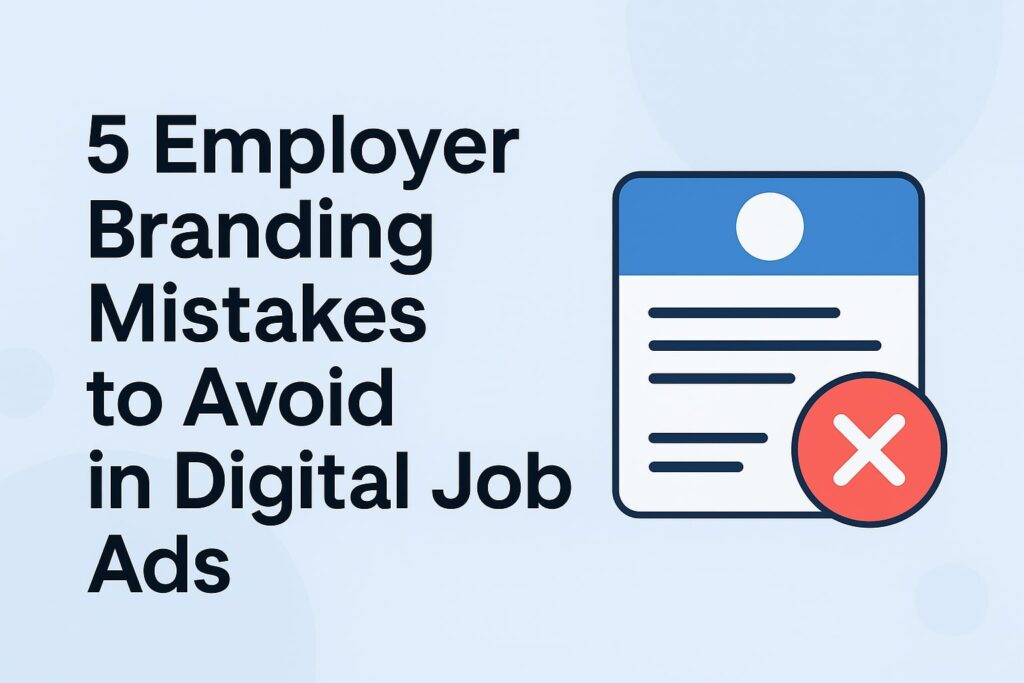Talent acquisition is a crucial aspect of any organization’s success. With the rapid pace of technological advancement and evolving workforce dynamics, recruiters are faced with numerous challenges in attracting, hiring, and retaining top talent. In today’s competitive job market, recruiters must navigate through various obstacles to identify and secure the best candidates for their organizations.
Overcoming Challenges in Talent Acquisition
This article explores some of the most significant challenges in talent acquisition and strategies to overcome them.
Increasing Competition
One of the primary challenges in talent acquisition is the increasing competition for skilled professionals. As industries evolve and new technologies emerge, the demand for specialized talent continues to rise. Recruiters often find themselves competing with other organizations, including startups, established companies, and even competitors from different sectors, to attract top talent.
To overcome this challenge, recruiters must adopt proactive strategies to differentiate their organizations and attract candidates. This may include building a strong employer brand, offering competitive compensation and benefits packages, and leveraging professional networks and referrals to reach passive candidates.
Talent Shortages
In certain industries and specialized fields, talent shortages pose a significant challenge for recruiters. The mismatch between the skills employers need and the skills available in the labor market can make it difficult to fill key positions. This challenge is further exacerbated by factors such as demographic shifts, retirements of experienced professionals, and educational gaps.
To address talent shortages, recruiters must adopt a multifaceted approach. This may involve partnering with educational institutions to develop training programs tailored to industry needs, investing in upskilling and reskilling initiatives for existing employees and exploring alternative talent pools, such as remote workers or freelancers.
Missed Connections
Missed connections pose a significant challenge in talent acquisition for recruiters as they hinder the identification and engagement of qualified candidates who may not have been initially considered or reached out to. These missed opportunities can occur for various reasons, such as overlooking passive candidates, failing to leverage professional networks effectively, or lacking visibility into potential talent pools. Additionally, recruiters may encounter missed connections due to ineffective communication channels or insufficient follow-up on promising leads. Each missed connection represents a lost opportunity to connect with valuable talent, potentially resulting in prolonged hiring processes, increased time-to-fill, and missed deadlines.
To overcome this challenge, recruiters must adopt a proactive approach to talent sourcing, leveraging tools and techniques such as social media, networking events, and talent pipelines to uncover hidden talent and establish meaningful connections. By minimizing missed connections, recruiters can maximize their chances of identifying and securing top candidates for their organizations.
Hiring Delays
One of the biggest challenges in talent acquisition for recruiters is the extended time it takes to hire suitable candidates. Lengthy hiring processes can result from multiple factors such as a shortage of qualified talent, complex decision-making procedures, or inefficient recruitment workflows. Prolonged hiring timelines not only delay filling crucial positions but also increase the risk of losing top candidates to competitors. Recruiters must streamline their processes, improve communication between stakeholders, and leverage technology to automate repetitive tasks and expedite candidate evaluation.
By addressing the issue of prolonged hiring cycles, recruiters can enhance their ability to attract and secure top talent in a timely manner, thus driving organizational success.
Evolving Workforce Dynamics
The modern workforce is characterized by diverse demographics, changing expectations, and new employment models. Millennials and Gen Z, in particular, bring unique preferences and priorities to the workplace, such as flexible work arrangements, career development opportunities, and a strong emphasis on work-life balance.
Recruiters must adapt their strategies to accommodate these evolving workforce dynamics. This may include offering remote work options, implementing flexible scheduling policies, providing opportunities for continuous learning and career growth, and fostering a diverse and inclusive workplace culture.
Technological Advancements
Technology plays a pivotal role in talent acquisition, from applicant tracking systems and candidate sourcing tools to artificial intelligence and data analytics. While these technological advancements offer numerous benefits, they also present challenges for recruiters, such as the need to keep pace with rapidly evolving tools and platforms, ensuring data privacy and security, and mitigating biases in AI-driven recruitment processes.
To leverage technology effectively in talent acquisition, recruiters must stay informed about the latest trends and innovations in the field. They should invest in training and development programs to enhance their digital skills, collaborate with IT and data security teams to address privacy concerns, and adopt best practices for ethical and unbiased recruitment processes.
Candidate Experience
In today’s candidate-driven job market, the candidate experience has become a critical factor in attracting and retaining top talent. Candidates expect a seamless and personalized recruitment process, from the initial application stage to the final offer and onboarding process. Recruiters who fail to provide a positive candidate experience risk losing top candidates to competitors and damaging their employer brand.
To enhance the candidate experience, recruiters should streamline the recruitment process, communicate transparently and promptly with candidates, provide regular updates on their application status, and solicit feedback to identify areas for improvement. They should also ensure that the onboarding process is smooth and welcoming, setting the stage for long-term engagement and retention.
Joining Job Advertising Platforms
Joining a job advertising platform presents a challenge in talent acquisition for recruiters due to the overwhelming number of platforms available and the need to identify the most effective ones for reaching target candidates. With numerous job boards, social media platforms, and niche sites catering to specific industries, recruiters face the dilemma of allocating resources to platforms that yield the best results. Additionally, each platform may have its own set of features, pricing structures, and audience demographics, further complicating the decision-making process.
Moreover, managing multiple accounts and optimizing job postings across various platforms can be time-consuming and resource-intensive. Recruiters must carefully research and evaluate different platforms, considering factors such as audience reach, candidate quality, and return on investment. By strategically selecting and leveraging job advertising platforms, recruiters can enhance their ability to attract top talent while maximizing efficiency and cost-effectiveness in the talent acquisition process.
Conclusion
Talent acquisition is a complex and dynamic process that requires recruiters to navigate through various challenges. From increasing competition and talent shortages to evolving workforce dynamics and technological advancements, recruiters must adapt their strategies to attract, hire, and retain top talent effectively. By proactively addressing these challenges and embracing innovative approaches, recruiters can position their organizations for success in the ever-changing landscape of talent acquisition.
Sourcing Square, as a programmatic job advertising platform, assists recruiters by automating candidate sourcing across multiple channels, optimizing ad placement, and targeting specific demographics. By streamlining the recruitment process, it helps recruiters overcome challenges such as reaching the right candidates efficiently and reducing time-to-fill, enhancing overall talent acquisition effectiveness.




